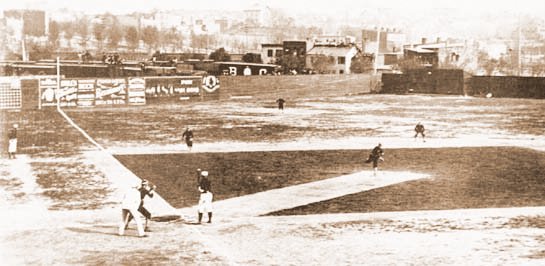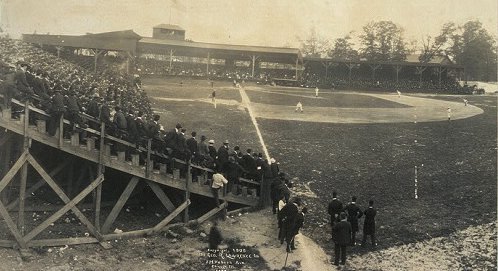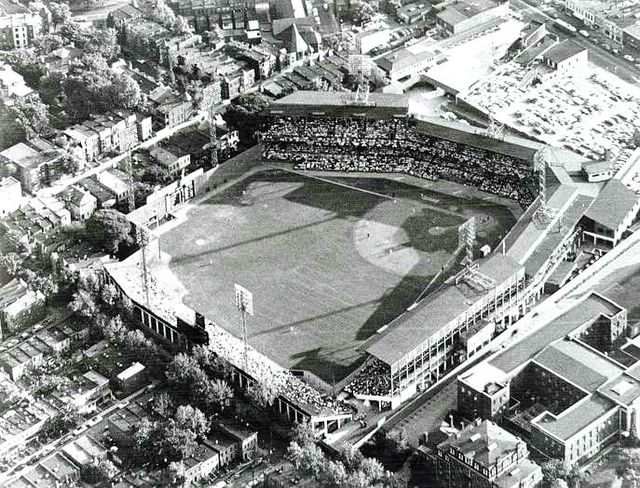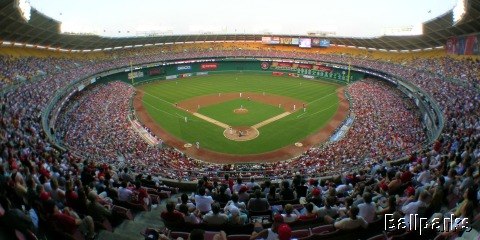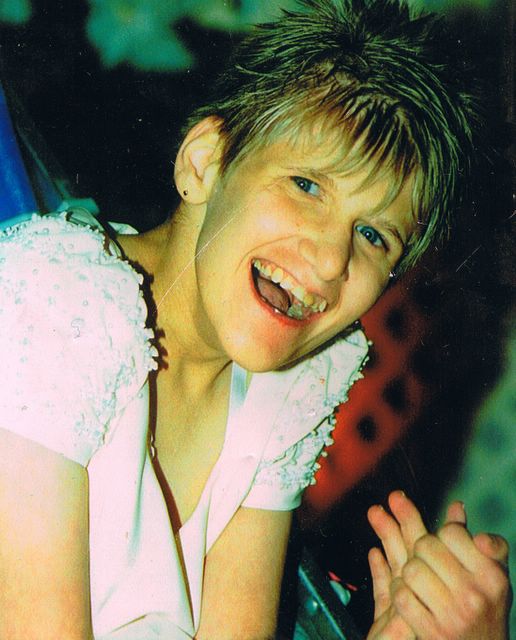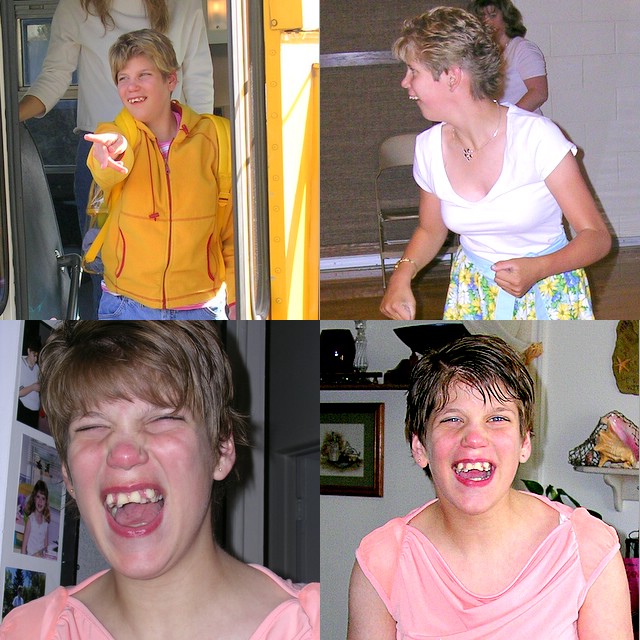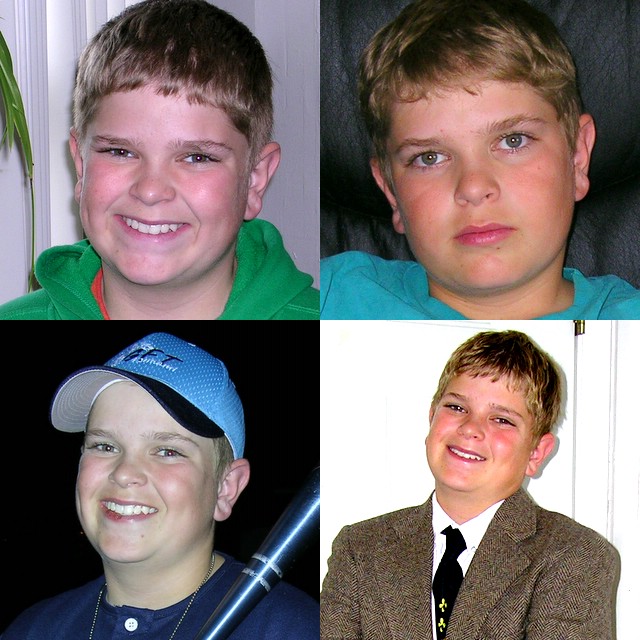VIDRO BEYOND HIS 'TWILIGHT' YEARS
 [August 4th] -- As The Montreal Expos' potential move to Washington became more fact than fancy, and I began to look over the team's roster, I realized that I really only knew one player on the roster: Jose Vidro. Oh sure, I'd seen the Expos play the Braves a dozen times a year on TBS, but none of the other players particularly stood out. So when the move became official in September of 2004, the player I was most excited to see was Jose Vidro. He had been one of the National League's best second baseman for several years, combining power with a high average and solid defense, something unusual for a second baseman. I got a chance to see Vidro play in person just once, but I could tell from that one look that the guy was special. He was svelte then, and deceptively quick. He was never a base stealer, but he was "sneaky" fast. Against Tom Glavine and the Atlanta Braves, Vidro went from first to third on a single that fell in front of Andruw Jones. Late in the game, Jose ranged to his right and snagged a bouncer headed into center field, jumped into the air, spun like a top, and fired a strike to first to just get the runner. That was the Jose Vidro I was expecting on opening day of 2005.
[August 4th] -- As The Montreal Expos' potential move to Washington became more fact than fancy, and I began to look over the team's roster, I realized that I really only knew one player on the roster: Jose Vidro. Oh sure, I'd seen the Expos play the Braves a dozen times a year on TBS, but none of the other players particularly stood out. So when the move became official in September of 2004, the player I was most excited to see was Jose Vidro. He had been one of the National League's best second baseman for several years, combining power with a high average and solid defense, something unusual for a second baseman. I got a chance to see Vidro play in person just once, but I could tell from that one look that the guy was special. He was svelte then, and deceptively quick. He was never a base stealer, but he was "sneaky" fast. Against Tom Glavine and the Atlanta Braves, Vidro went from first to third on a single that fell in front of Andruw Jones. Late in the game, Jose ranged to his right and snagged a bouncer headed into center field, jumped into the air, spun like a top, and fired a strike to first to just get the runner. That was the Jose Vidro I was expecting on opening day of 2005.
Of course, "that" Jose Vidro hasn't played a major league baseball game in several years.
Vidro injured his knee in 2001, limiting him to 124 games that year. He played a full season in 2003, but recurring knee problems forced Vidro to miss more than seventy games over the next two seasons. Last year, he was hampered first by a hamstring injury and later a "puffy" knee which ended his season in late August. He played in only eighty-seven games in 2005. He was injury free in 2006 until hamstring issues forced him to the DL in July.
 It's a sad thing to say, but a healthy Jose Vidro doesn't provide much more to the Nationals than a hurt Jose Vidro on the disabled list. He fields every ball he gets to cleanly, but he doesn't get to many balls any more. His bad knee and tight hamstrings have severely limited his range. Offensively, he still hits for average, but doesn't walk as much as he used to, and as lost most of his power. Today, he's a average to below-average second baseman, but he's making "star" money.
It's a sad thing to say, but a healthy Jose Vidro doesn't provide much more to the Nationals than a hurt Jose Vidro on the disabled list. He fields every ball he gets to cleanly, but he doesn't get to many balls any more. His bad knee and tight hamstrings have severely limited his range. Offensively, he still hits for average, but doesn't walk as much as he used to, and as lost most of his power. Today, he's a average to below-average second baseman, but he's making "star" money.
I'm afraid the only way that Jim Bowden will be able to trade Jose Vidro this off season is if the Nationals pay off a large portion of his contract, something I don't see happening. I'm afraid we're going to have to watch a hobbled, ineffective Jose Vidro do his best for another year at RFK. Sadly, his "best" is just a modicum above bad.
And that's a shame. He was once as good as it got.
Whew!
<< Home









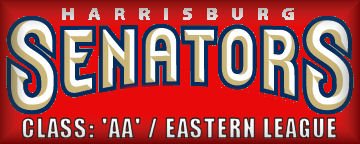
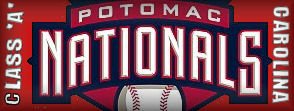

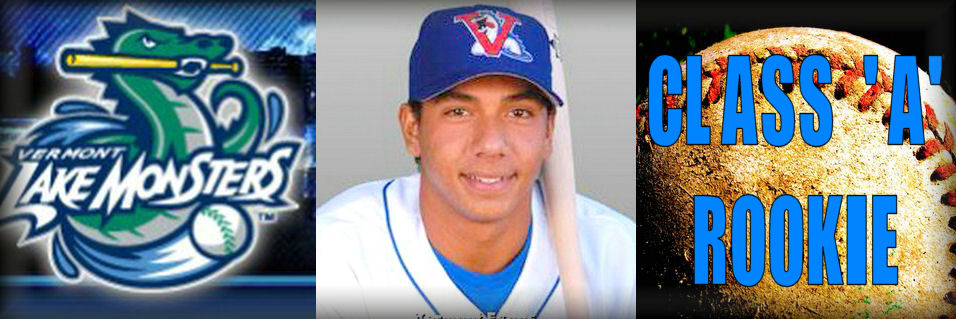















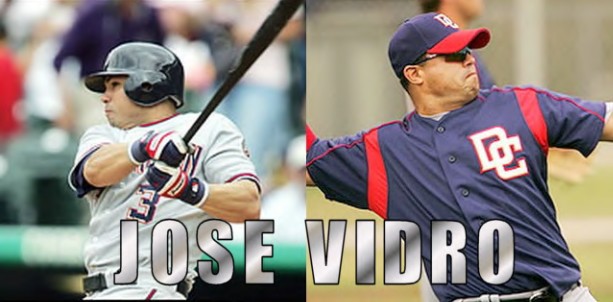




















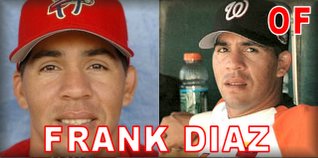

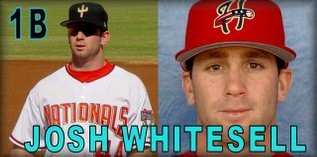
 3) 1926 (road) --- 4) 1936-'37, 1948-'51
3) 1926 (road) --- 4) 1936-'37, 1948-'51 3) 1968 - '71, and 2005 (home) --- 4) 2005 (road)
3) 1968 - '71, and 2005 (home) --- 4) 2005 (road) Buddy Meyer --- Walter Johnson
Buddy Meyer --- Walter Johnson Ed Yost --- Muddy Ruel
Ed Yost --- Muddy Ruel Roger Peckinpaugh --- Joe Cronin
Roger Peckinpaugh --- Joe Cronin Del Unser --- Darold Knowles
Del Unser --- Darold Knowles Ed Stroud - Mike Epstein
Ed Stroud - Mike Epstein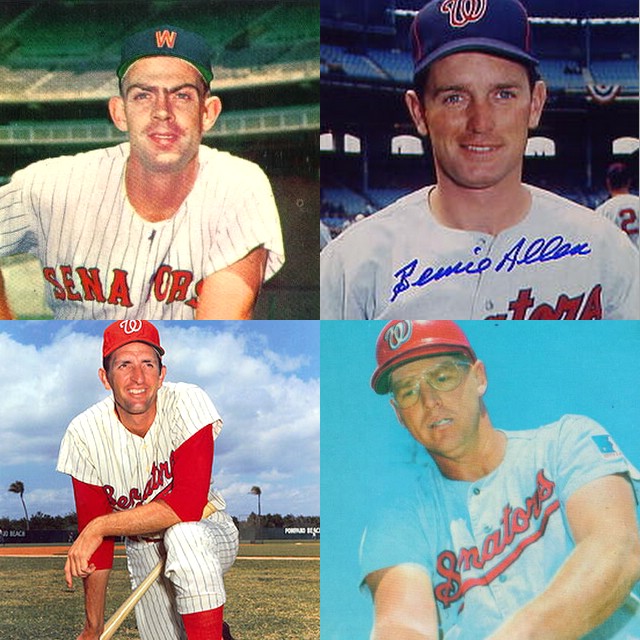 3)1968 -- 4)1969 - 1971
3)1968 -- 4)1969 - 1971